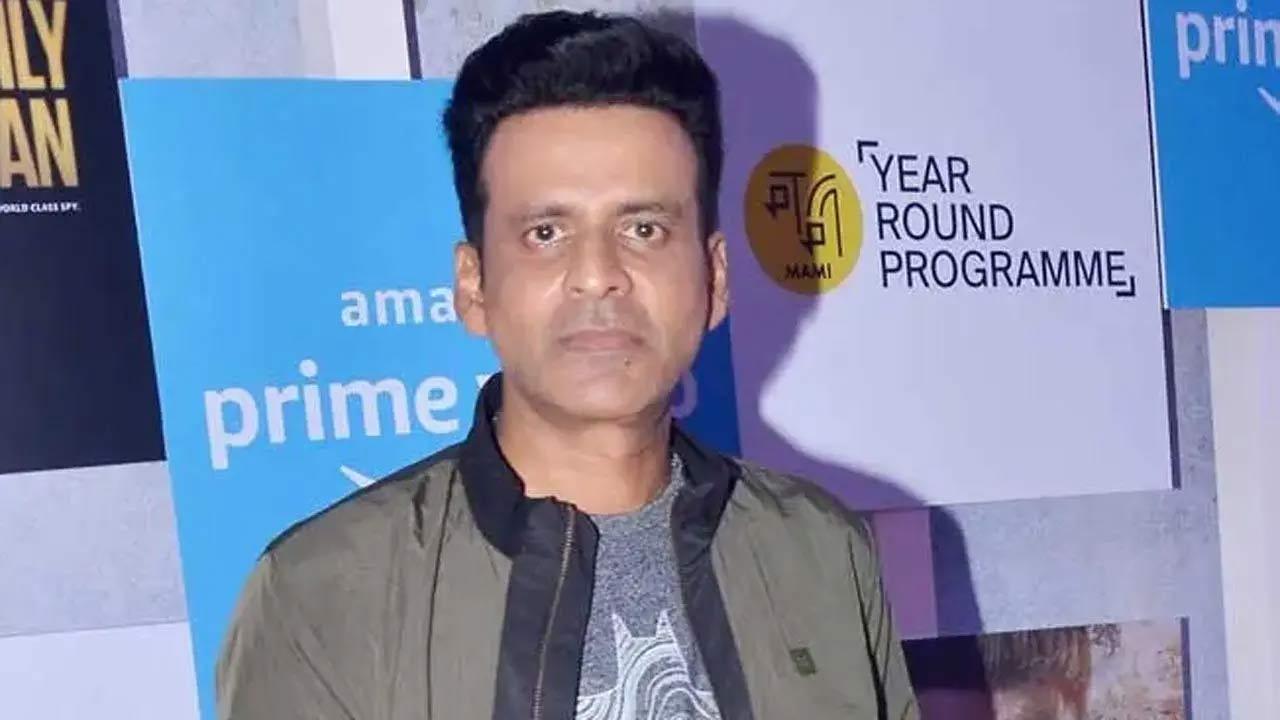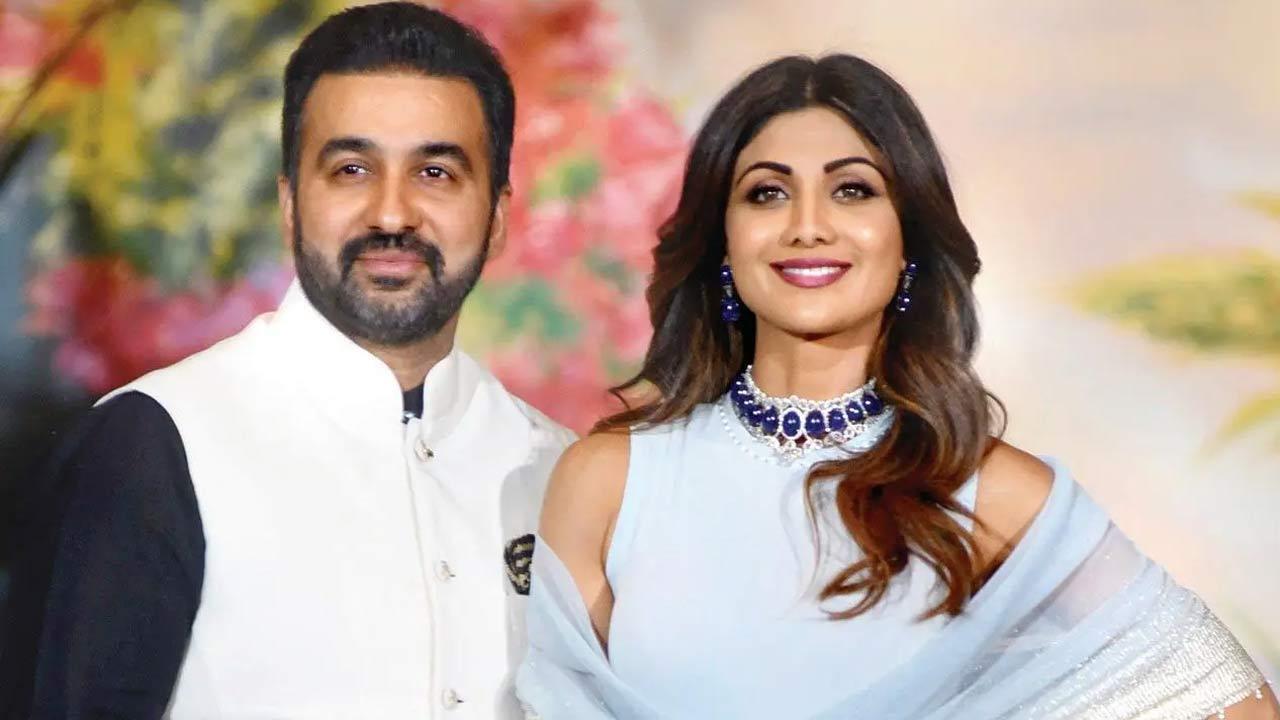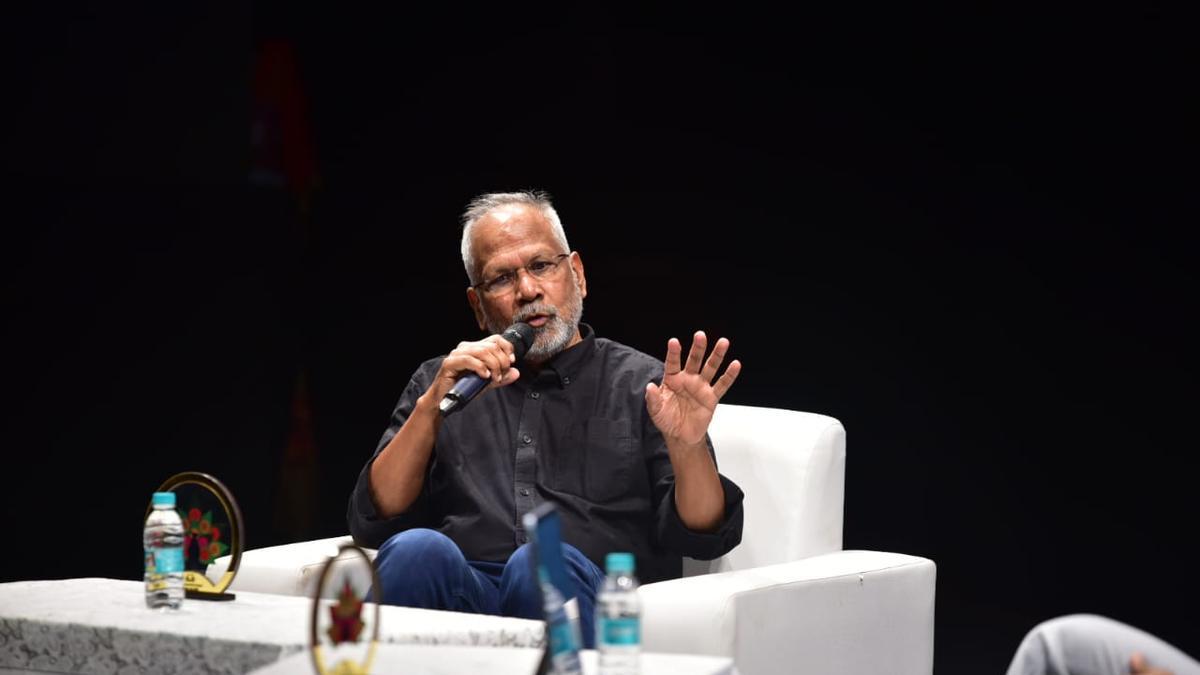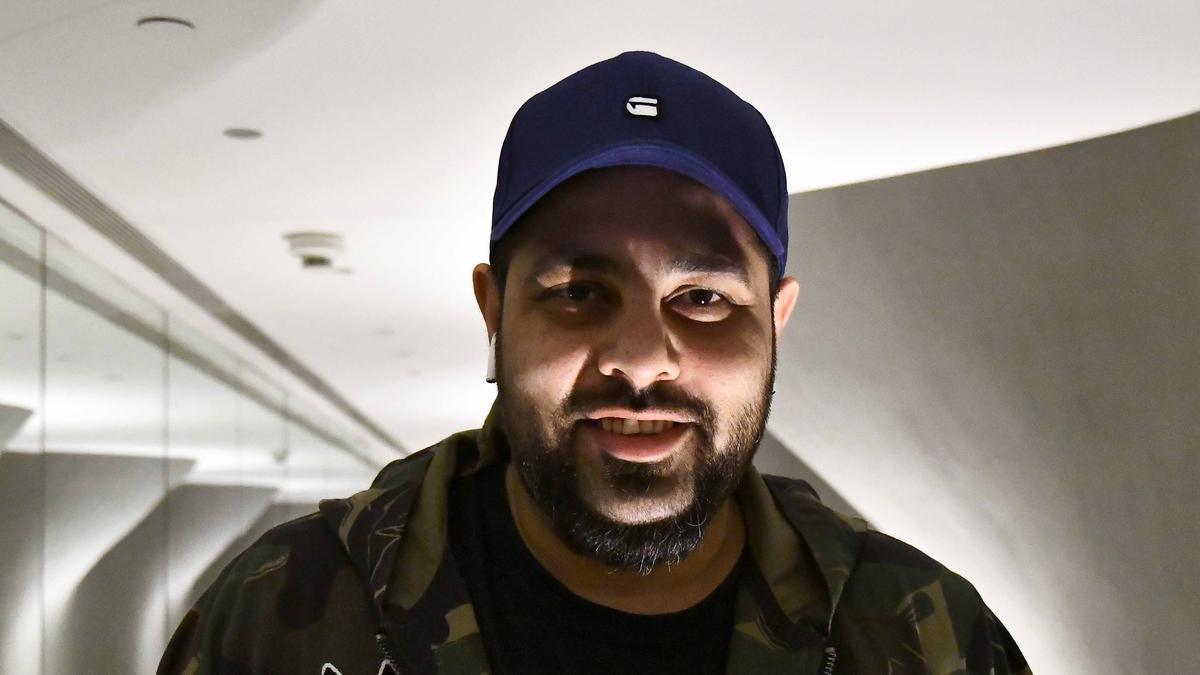
Rising Bollywood star Janhvi Kapoor has recently voiced her reflections on her past decision to study acting abroad and how it impacted her growth as an actress representing Indian cinema. Kapoor, who is eagerly awaiting the release of her films ‘Sunny Sanskari Ki Tulsi Kumari’, ‘Mr and Mrs Mahi’, and the much-anticipated pan-India project ‘Devara’, made her mark in the industry with the 2018 movie ‘Dhadak’. But before her big break on the silver screen, she sought to hone her craft at the Lee Strasberg Institute in Los Angeles—a decision whose benefits she has since re-evaluated.
In a frank conversation with The Week, Kapoor opened up about her stint in the city of stars, where she had hoped to learn the nuances of acting. She candidly stated, “I learnt nothing there.” Despite the fun of the LA lifestyle and the prestige of the institute, she found that their methods and curriculum catered predominantly to a Hollywood-centric model of education. This, she felt, did not resonate with the essence of the narratives she aspired to bring to life in Indian cinema.
The appeal of studying in LA for Kapoor was not solely academic; it offered her an escape from a life where she was constantly known as the daughter of Sridevi and Boney Kapoor, two renowned figures in the Indian film fraternity. Being in a new country gave her a taste of anonymity, a refreshing change from the recognition that followed her back home. “My main agenda, and I think the thrill in it for me, was… for the first time to be in an environment where I wasn’t being identified as someone’s daughter,” she shared, revealing how this new-found freedom was the most cherished aspect of her time there.
However, upon introspection, the young actress expressed a longing for that period to have been spent delving into the roots of her heritage—her language, her people, and the vibrant stories of her home country, India. She articulated a sense of detachment inherent in the geographical and cultural distance from her target audience and the milieu of her future storytelling canvas. “I wish I could have used that time getting to know my people and my country and my language a little better because I am telling the stories of my people, not of them,” Kapoor remarked with a tinge of regret.
The disconnect she felt became glaringly obvious when she began shooting for ‘Dhadak’. Immersing herself in the landscape of Indian storytelling brought about a 180-degree turn in her perspective. She realized the imperative need to be in tune with the rhythms of Indian life—to speak, think, and feel in congruence with the audience she aims to reach. Weekend getaways to Malibu, as glitzy as they might sound, could not contribute to this essential understanding of her cultural roots. Such experiences in LA, though enjoyable, made her feel “detached and jaded”, in her own words, when considering her professional mission.
Kapoor’s candid admission serves as a telling commentary on the often romanticized notion of foreign education and training among Indian artists seeking to make a mark in indigenous narratives. It highlights an inherent challenge: how does one reconcile the universal techniques of the performing arts learned in the West with the unique demands of regional storytelling? As Kapoor’s career progresses, her inward journey towards a deeper connection with her work and audience continues to evolve, shaping her artistic evolution in the competitive world of Indian cinema.
As she awaits the release of her new films and continues to work on her craft, it is likely that Kapoor’s experiences in LA, despite her critique of them, will add depth to her performances. Artists’ experiences, including their regrets and revelations, often serve as the wellspring of their most resonant work. Kapoor’s reflective journey may well serve to inspire a new wave of Indian actors—ones who seek to balance the wisdom of global techniques with the profound understanding of local narratives.










